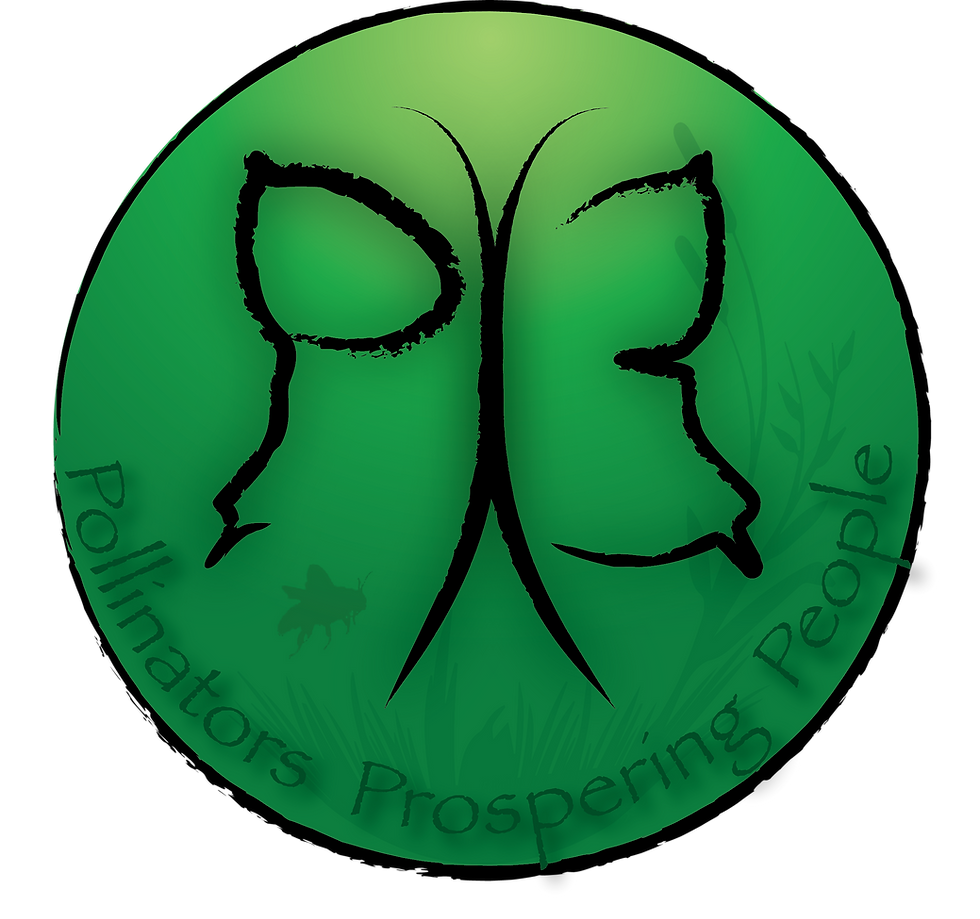Welcome Spring & Pollinators
- PX3 Team

- May 12, 2020
- 2 min read

Timing is everything when it comes to both late Fall and early Spring garden cleaning preparations for insects, especially pollinators. In the Fall, it is highly suggested to leave the yard, garden, and fields as it is, to allow the overwintering insects their peace under leaf and mulch piles, inside the dry stalks and brush piles. Now, there is a very recommended right time to do outdoor spring cleaning, and it usually is around when the temperatures continue in a 50 degree constant, on a daily basis. This is when most of the insects emerge from their diapause (overwintering insects, similar to hibernating animals) habitats whether it be underground, hidden in mulch piles, bark cover, inner stalks, and more.
There are a few recommendations to light clean-ups that allows the successful emergence of some pollinating insects. Trim dead stalks, then hang them in tied bunches in a safe corner to allow the pollinators to wake up and emerge at their own times, or loosely and safely toss them to the compost or brush piles.

https://www.gardeningknowhow.com/ (image by Nikki Tilley)
PRAYING MANTID’S EGGCASE
Leaf rake-ups need to be done carefully for there are numerous hidden overwintering native and pollinating, beneficial insects, as well as cocoons, larvae, and pupae. Some of the cocoons/chrysalises resemble camouflaged and rolled up leaves. The leaf litter houses many sorts of adult stage butterfly species such as mourning cloaks, commas, question marks, luna moths, including damsel bugs and ladybugs.
Mulching later on after the native pollinator insects emerge is best after the ground is dried out and there is constant warmer weather. The eggs, pupae, larvae, or adult native bees are found here, as well as other beetle and moth species. Pruning is to be done with careful vigilant attention to hanging chrysalises, cocoons, and other insect egg cases that house butterflies, moths, and praying mantids.

Early flowers such as red maple trees (nectar for pollinators’ such as mason bees, or orchard bees), snowdrops, crocuses, heather, forsythia, pussy willow trees, witch hazel shrubs, daffodils, and more are beneficial to a variety of insects. Allow the dandelions and some clover families to grow, for they are also early spring foods for pollinators.
Yes, non-pollinating insects such as ticks thrive in leaf litter, and it is recommended to either spray with eco-friendly spray on self before yard clean-ups, or doing a tick-check afterwards.

Credit Below
With that in conclusion to timely and careful spring trimming, leaf raking, mulching, pruning, and tick checks, the emergence of the beneficial insects will get to work on their surroundings, ensuring the bloom of flowers, fruits, and crops.
( by J. Muro, March 2020 )
SOURCES:
Red maple with flowering bloom, photo by Photographic Location: The photographs were taken in the yard of the webmaster's apartment complex (leaves, flowers), along a city street (trunk bark), and at the Arboretum of the University of Illinois (samaras) in Urbana, Illinois.
https://www.illinoiswildflowers.info/trees/plants/red_maple.html
.png)






Comments